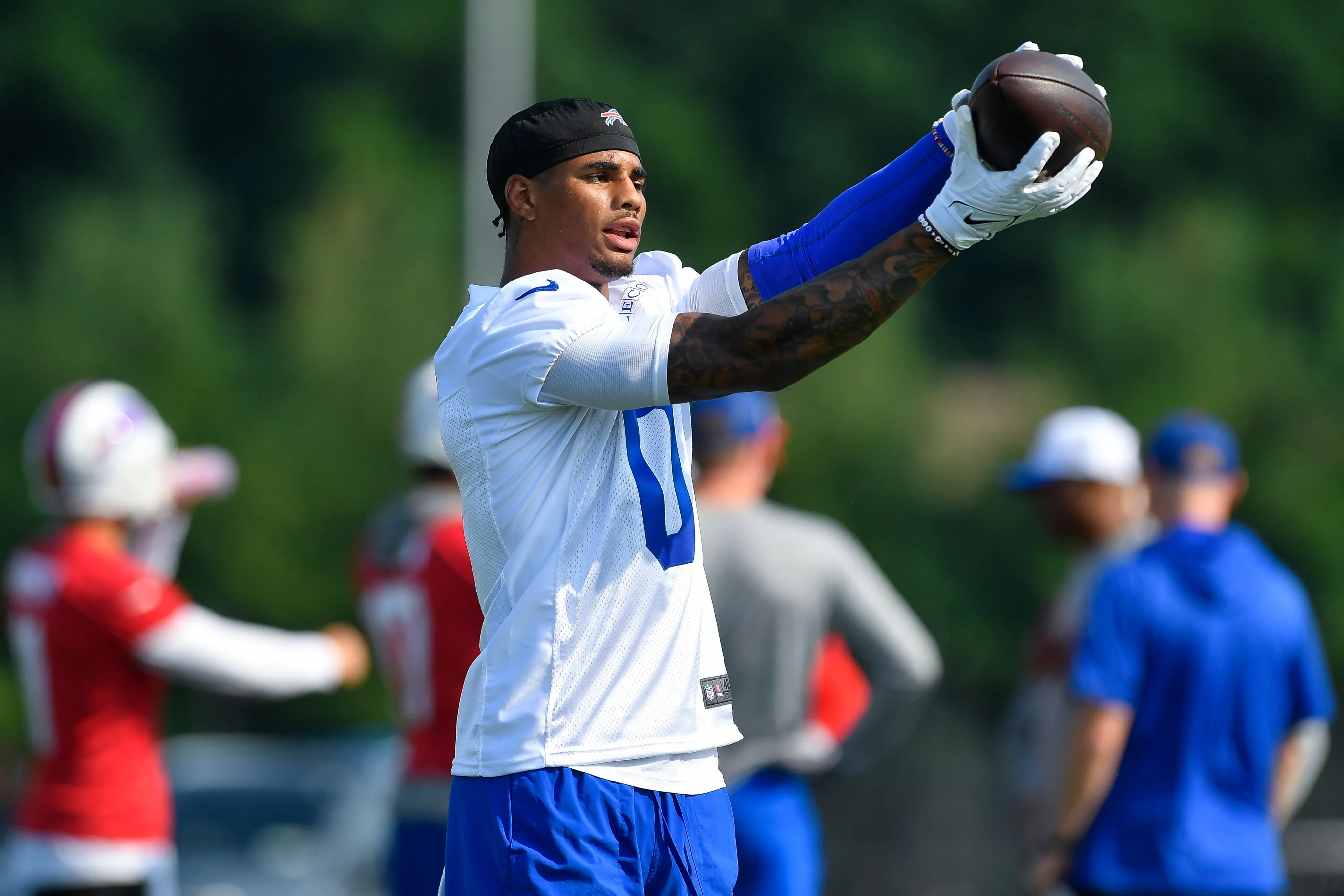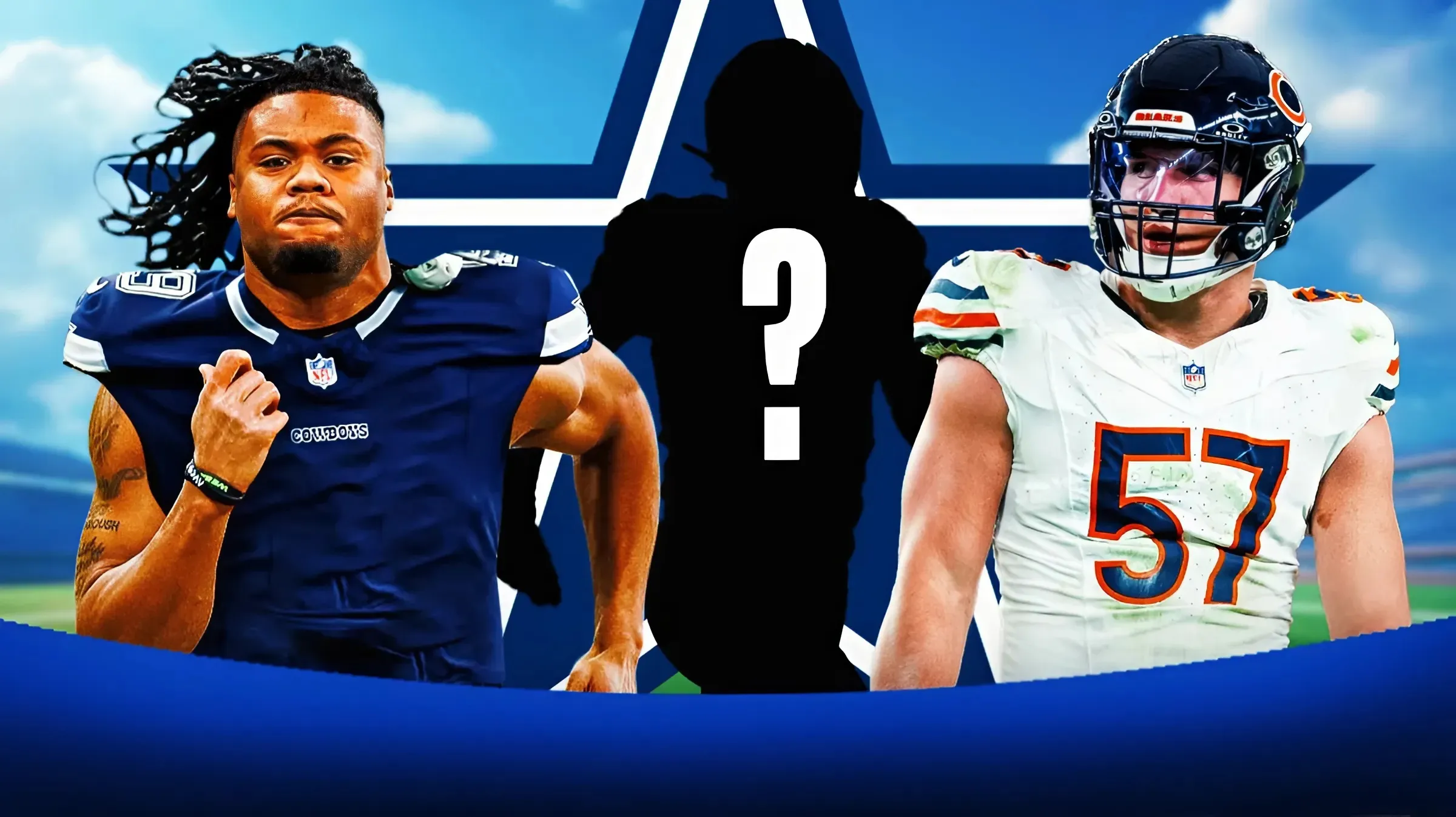The Vancouver Canucks were not successful in their bid for JJ Peterka of the Buffalo Sabres, though it’s not yet known how seriously they made that pursuit. Nor were the St. Louis Blues, who if reporting can be believed, offered up a package involving Jordan Kyrou.
In what could almost be deemed a classic romantic comedy trope, could two spurned teams find a fresh start with one another? In other words, could the Canucks cut out the JJ Middleman and just negotiate with the Blues for Kyrou?
And should they?
Right or wrong, the 27-year-old Kyrou was listed as the #2 target on Daily Faceoff’s Trade Targets Board earlier this week and coming off the back of those Peterka rumours. There’s a little immediacy to the discussion, too, because like the senior Elias Pettersson, Kyrou has trade protection kicking in as of July 1, 2025 – in this case, a full no-trade clause.
While trading a player right before their NTC kicks in can sometimes be considered unethical, that’s not really the case for a player like Kyrou, who is already entering Year Three of this current contract. Even with Peterka off the market, then, it’s entirely possible that Kyrou is still on it. Especially considering that the Blues are one of the few teams looking to cut cap, not burn it, this offseason.
Does that equate to the Canucks being interested?
The Player
Already having completed his seventh NHL season, Kyrou would seem to be a known quantity around big league circles. But despite fairly consistent point totals, there’s an inconsistency to Kyrou’s impact that has led to question marks about his future in St. Louis and in general.
As someone drafted in the second round, 35th overall in 2016, the road to the NHL was a little longer for Kyrou than it is for your typical high-offence forward. He played two further seasons for the Sarnia Sting of the OHL after being drafted, then split his first two professional campaigns – 2018/19 and 2019/20 – between St. Louis and San Antonio of the AHL.
The pandemic-shortened 2020/21 season was not technically Kyrou’s rookie campaign, as he’d already played 44 regular season games and five playoff games the two years prior, but it was Kyrou’s first as a full-time NHLer.
In just 55 games, Kyrou notched 14 goals and 21 assists for 35 points, good for fifth in team scoring as he worked his way into the Blues’ top-six.
The next year, Kyrou broke out in a big way, putting up 27 goals and a still-career-high 75 points in 74 games. The 2021/22 season also saw Kyrou’s best playoff run – more on that later – with nine points in 12 games.
The following season, 2022/23, saw Kyrou break out in a different way, this time as a goal-scorer. A career-high 37 goals accompanied 73 points in 79 games. It should be noted here, however, that this is the point at which some real questions began to be asked about Kyrou’s play in his own end. Plus/minus isn’t a perfect stat, but a team-worst -38 does say something.
Those question marks got louder in 2023/24, especially as Kyrou got off to a slow start, and he was moved to tears at one point after hearing boos on home ice. But Kyrou rebounded nicely enough, finishing the year with 31 points and 36 assists for 67 points in 82 games.
The 2024/25 stayed relatively level from there. Kyrou’s goals were back up to 36, and his points rose to 70 in 82 games – still not quite where it was a couple of years back, but not exactly a worrying drop-off. Perhaps more importantly, he earned some praise for a growing commitment to his own end. The Blues returned to the playoffs, and Kyrou was so-so with three goals and no assists in seven games against the Winnipeg Jets.
That’s the basic gist of Kyrou – a consistent 70ish-point producer who isn’t all that consistent in how he gets there.
Kyrou’s size is fine at 6’1” and a shade under 200 pounds, though he won’t ever be confused with a power forward. He has speed and shiftiness in his feet, a lot of creativity in his hands, and an all-around array of offensive skills that allow him to succeed in a number of different forward roles.
Defensively, he’s certainly improved over the last couple of seasons. He’s not killing penalties or anything, but he’s back on the positive side of most analytic stats, and back to being on the ice for more even-strength goals for than against – lots more in 2024/25, as in 63-35.
Now, here’s the downside as it pertains to the Canucks. Though Kyrou was drafted as a centre and has definitely skated there occasionally at the NHL level, he’s settled into fairly exclusive deployment as a right wing, usually on the flank of either Rob Thomas or Brayden Schenn in recent seasons. It’s certainly fair to state that the majority of Kyrou’s production has come from the wing.
The Canucks could always acquire him with the aim of putting him back at centre and seeing how it goes, but that seems like a longshot and a risk. It’s far more reasonable to acquire Kyrou to play the same right wing position he’s mainly occupied thus far, and, yes, the Canucks could still definitely use a scorer of his calibre in the top-six on the wing.
But they could definitely use a de facto top-six centre more, and Kyrou is the kind of acquisition that would expend the bulk of the available assets and cap space.
The Cost
Kyrou comes with Years Three-Eight remaining in a contract with an $8.125 million AAV and, as was mentioned, a full NTC starting on July 1 that lasts until Year Eight, and then becomes a 15-team no-trade list.
That’s a major component in the cost that has to be considered carefully, especially as it represents more cap space than the Canucks currently have on hand.
But that’s probably okay, because if the Canucks were going to acquire Kyrou, they’d almost certainly be giving up other players from their roster.
The Blues are doing a bit of a retool on-the-fly, attempting to supplement their early-to-mid-20s core of players like Kyrou, Thomas, Dylan Holloway, and Philip Broberg with an ongoing infusion of both youth and useful veterans.
In this post-draft world, we can dispense with the idea of the Canucks trading their high picks for Kyrou, and we’re not sure the Blues would be interested anyway. The Canucks’ 2026 first rounder could always be on the table, but we’d avoid that option without some heavy, heavy protections.
The Blues do have a need for a RD younger than Colton Parayko and Justin Faulk, and that does bring Filip Hronek to mind, as it did during talks surrounding Peterka. But giving up Hronek for Peterka was a tough deal to sell for many Canucks fans, and giving him up for an older wing with less offensive potential would be even tougher.
It’s also tough to imagine what the Canucks could add on top of an RD option like Victor Mancini to add up to a Kyrou, minus other prospects or picks they wouldn’t want to give up. This might be a case in which Tom Willander would have to be placed on the table, and at this point, we should be approaching not-worth-it territory for a less-than-ideal fit.
That’s sort of the story here.
The Fit
The Canucks could definitely use the addition in talent represented by a Kyrou acquisition. Many have talked about the Canucks’ offseason hinging on their acquiring some forwards who are, at the very least, better than that current top-six conglomeration of Jake DeBrusk, Conor Garland, and, now, Evander Kane.
In other words, the Canucks need to get their hands on their new best or second-best forward, and Kyrou would definitely be that.
He definitely also brings some specific skills to the table that GM Patrik Allvin and Co. value, particularly when it comes to his ability to skate with the puck.
But that’s about where the fit ends. The Canucks can’t afford to spend all of their assets and cap space on a winger with question marks, not when they’ve got such an obvious need at centre. On top of that, the Blues would seem to be most interested in the kind of assets the Canucks can least afford to give up – namely, assets that can be used on the NHL roster in the present moment.
Then there’s the reality that any trade with the Blues needs to help them cut cap, and that the Canucks themselves aren’t exactly flush in space.
This ‘will they, won’t they’ is plainly trending toward a ‘won’t they.’



